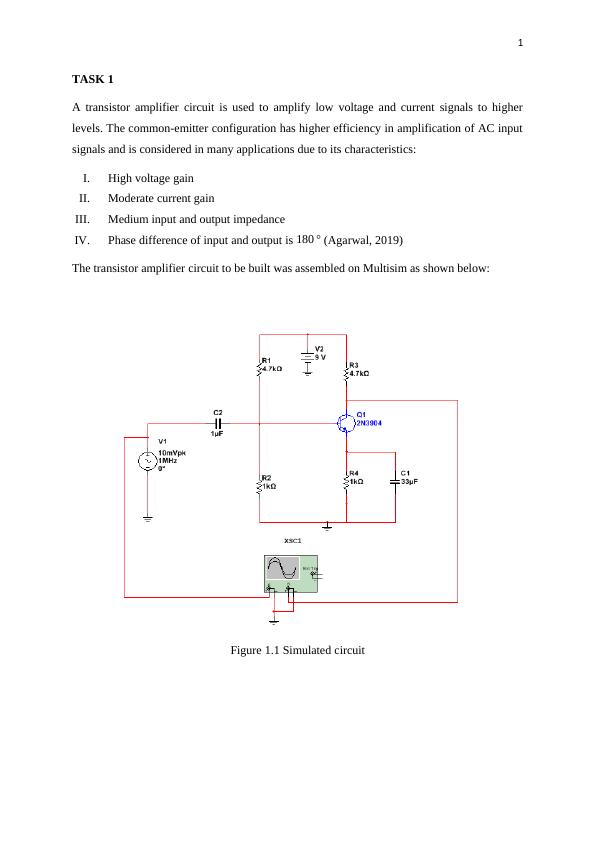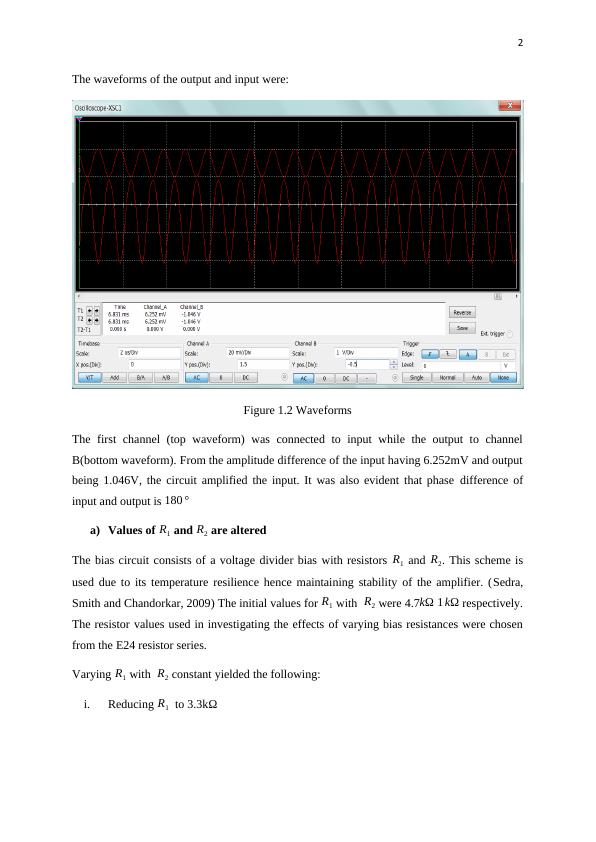Student. Professor. Principles and applications of Elec
Added on 2023-01-18
17 Pages1906 Words56 Views
End of preview
Want to access all the pages? Upload your documents or become a member.
Principles and Applications of Electronic Devices and Circuits
|4
|1212
|69
Amplifiers: Types, Characteristics and Performance Tests
|31
|3026
|131
Evolution of Electronics and Solid State Control System
|10
|3707
|35
Power Amplifiers Design and Simulation | Report
|27
|3863
|37
Designing an Audio Amplifier: Steps and Analysis
|13
|2054
|268
Bipolar Transistor Amplifier- Abstract
|2
|552
|775




